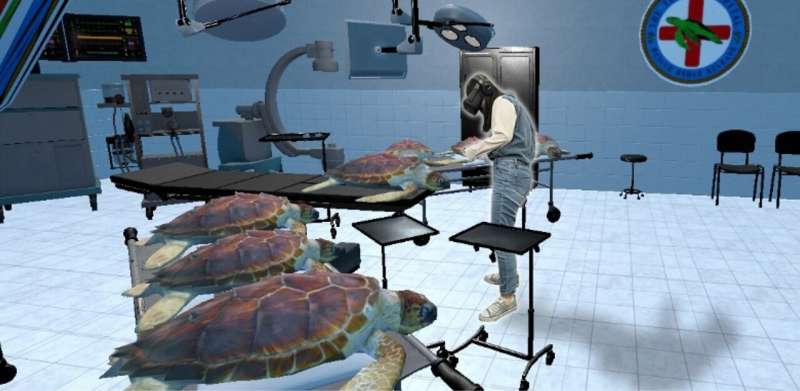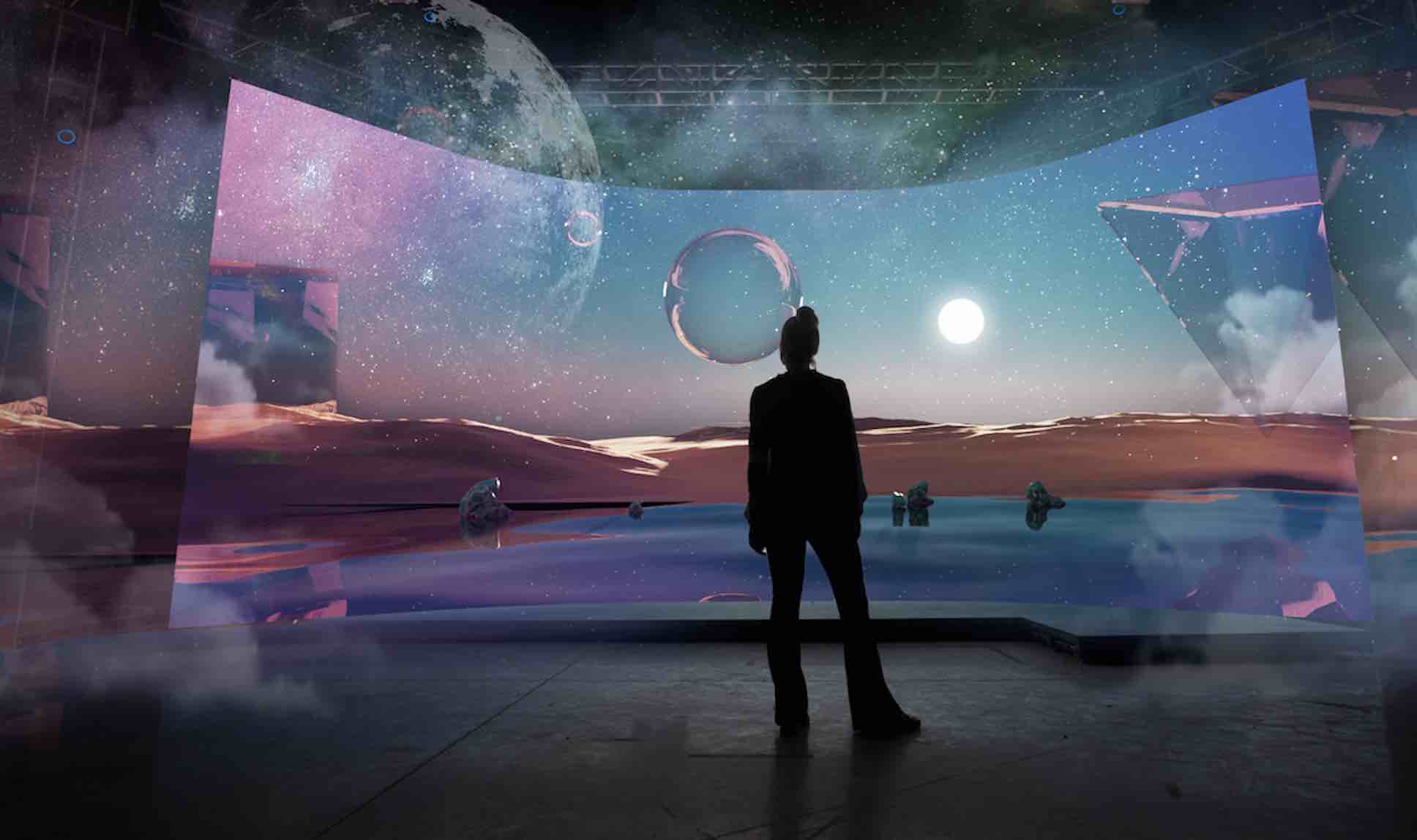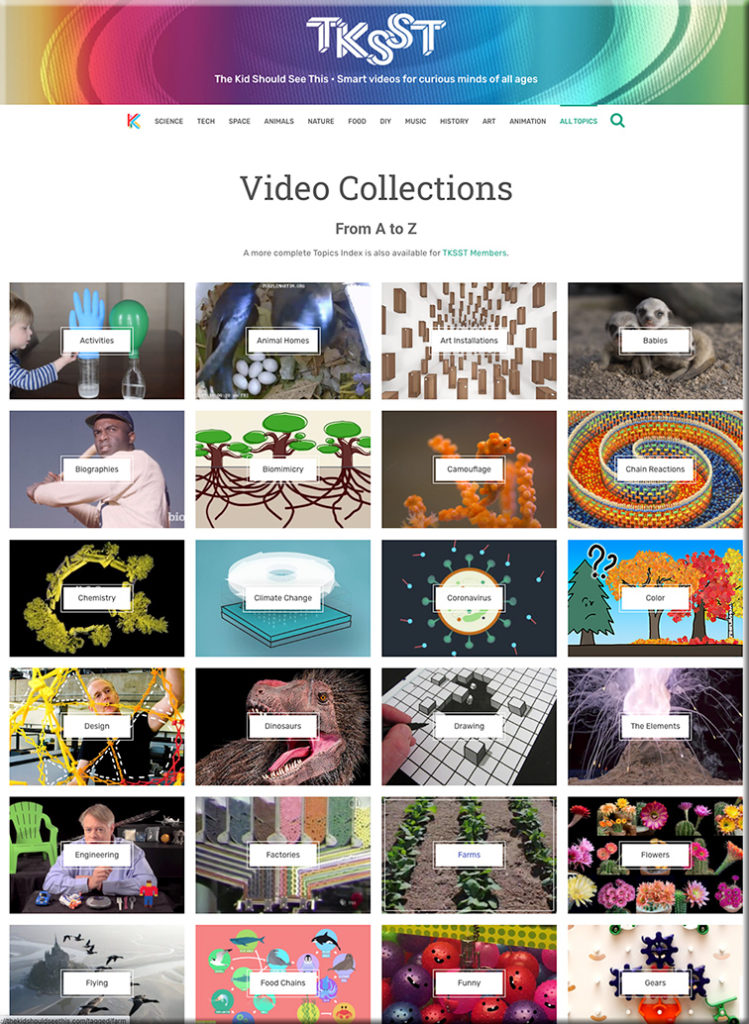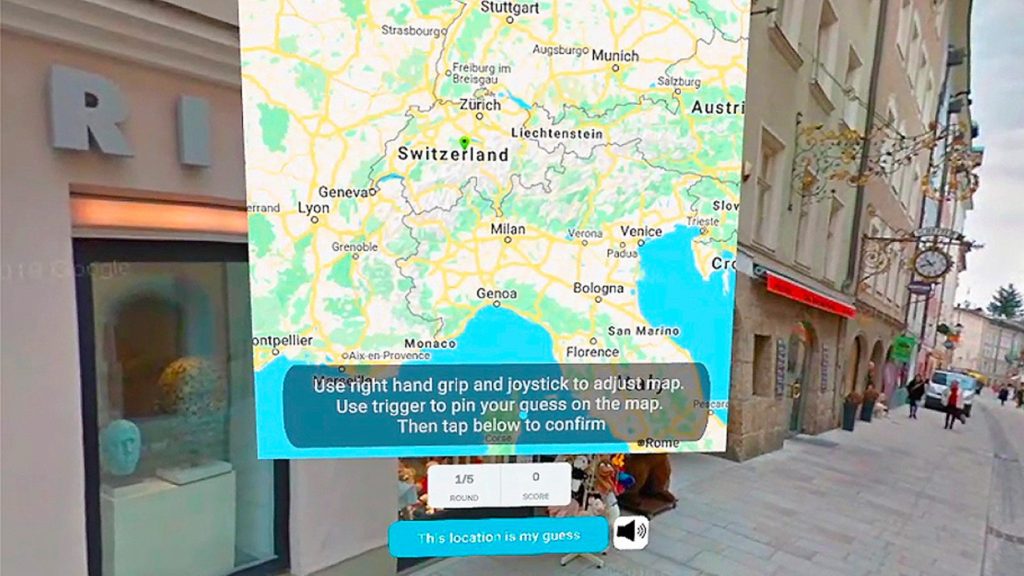The future of video entertainment: Immersive, gamified, and diverse — from mckinsey.com
“There’ll be a blurring of the lines between things we watch and things we play”
Virtual reality gives humans a turtle’s-eye view of wildlife — from phys.org by Laurel Hamers, University of Oregon
Excerpt:
A virtual reality simulation designed by a University of Oregon (UO) professor could help spur people to environmental action.
Participants in Project Shell don a virtual reality headset and take on the body of a loggerhead sea turtle, sporting flippers instead of arms. During a 15-minute immersive experience, they journey from a hatchling to an adult turtle, dodging hazards like ships and wayward fishing gear.
Participating in the simulation increased people’s empathy and concern for environmental issues, new research shows.
“Embodiment of non-human bodies is a powerful tool that environmental storytellers can use,” said Daniel Pimentel, a professor in the UO’s School of Journalism and Communication who led the work. “I hope that this experience can help raise awareness and hopefully engage the public in a way that trickles down to more support.”
From DSC:
While we’re talking turtles, see these miniature creations!
Adobe—yes, Adobe—has one of the best free video-makers out there — from by Jeremy Caplan
Spark Video is best for beginners or those looking for something quick and easy.

Excerpt:
Adobe’s professional software has long struck me as unnecessarily clunky and complex. Adobe Premiere, Illustrator, Photoshop and other such apps are powerful, but daunting for beginners to learn.
So I was surprised to discover that Adobe Spark Video is one of the best free apps for making a quick slideshow-style video.
From DSC:
For those of you college students who are trying to determine what you enjoy doing, I wanted to pass some items along that may be helpful if you are interested in game development, film, and/or TV-related production.
Some friends recommended knowing how to use the following tools, but I realize one could dive very deep with these tools:
Excerpt from Unity.com
.

Additional tip:
- Stay within what your budget can provide. Making a film about five students on campus is doable. Making a Star Wars-type movie isn’t — unless you are making a spoof or presenting a knowingly-bad movie.
I just wanted to pass these items along.
Also relevant/see:
- Video streaming in the era of framerate wars — from provideocoalition.com by Allan Tépper
Addendums on 7/3/22:
- Dissecting MetaHuman – A Realistic Avatar Framework — from xrtoday.com
Epic Games democratises avatar creation with integrated Unreal Engine tools
Grandpa Creates Hologram Twin For Future Grandkids Using VR — from vrscout.com by Kyle Melnick
Not even death will stop this tech-savvy grandfather from meeting his great-grandchildren.
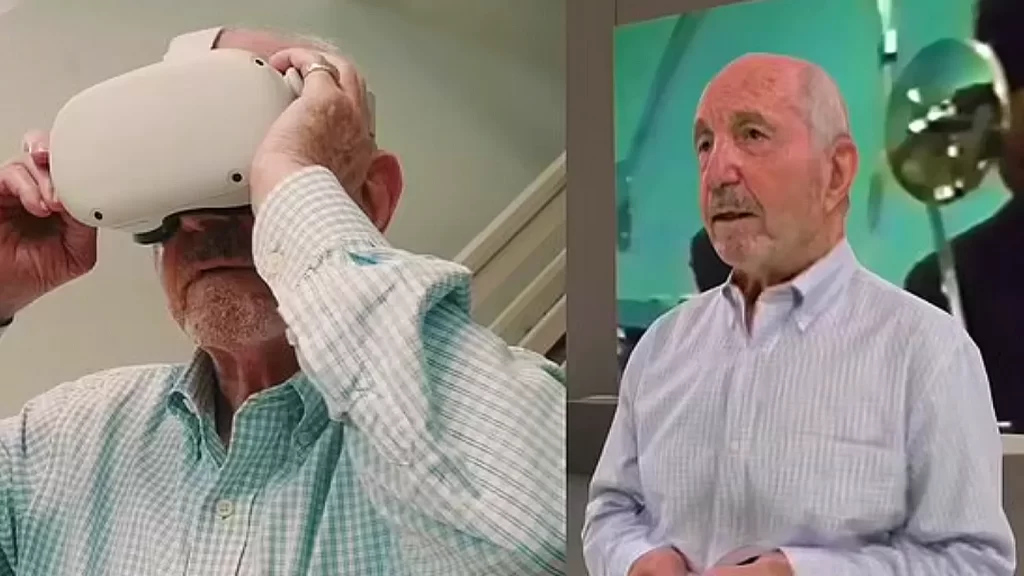
“I think it is a wonderful way to preserve my family’s history for future generations,” said Jerry while speaking to Jam Press. “To see myself like that, is just mind-blowing — it feels like watching a movie. By not just reading the words as in my memoir but to actually get the chance to see and hear me recalling the stories is just magical.”
Also from Kyle Melnick:
How VR/AR Technology Is Being Used To Treat Autism
XRHealth brings its unique VR/AR therapy to the United States.
Excerpt:
Previously available in Australia, the technology has been used to treat the effects of autism, from anxiety and stress to attention, memory, mobility/coordination, and frustration tolerance. XRHealth’s healthcare platform offers a variety of professional services. This includes one-on-one meet-ups with XRHealth therapists as well as virtual group sessions, all of which accessible remotely using modern VR headsets.
WayRay’s AR Car Display Could Change Driving Forever — from vrscout.com by Kyle Melnick
How One Hospital Is Using An AR Bear To Calm Young Patients — from vrscout.com by Kyle Melnick
Excerpt:
Children’s Health of Orange County (CHOCK), a children’s hospital located in Orange County, California, has transformed its lovable mascot ‘Choco’ into an AR (augmented reality) experience that walks children through the steps of a standard MRI scan. The idea is that by familiarizing younger patients with the process, they’ll feel more comfortable during the actual procedure.
Arizona State Launching New VR/AR Classes, Nonny De La Peña To Helm — by Darragh Dandurand
Excerpt:
The Center for Narrative and Emerging Media (NEM) will be housed in Downtown Los Angeles in the Herald Examiner Building, newly renovated to welcome faculty, staff, and students. NEM’s goal is to teach and support students, from reporters to artists to entrepreneurs and engineers, who are pursuing careers across the burgeoning creative technology sector.
Why Meta decided against an open VR app store — from protocol.com by Janko Roettgers and Nick Statt
Robots help kids tell stories—with a little help from stuffed animals — from colorado.edu by Daniel Strain
Excerpt:
Through a series of recent studies, Hubbard and her colleagues at CU Boulder have put the technology to the test, revealing the promise and limitations of storytelling technology.
Educational robotics to top $4 billion by 2028 — from thejournal.com by David Nagel
The need for robotics in education will help drive double-digit annual growth worldwide through 2028.
Excerpt:
According to a new forecast from market research firm Emergen Research, the market for educational robotics technologies, including software and professional development, will grow at a compound annual rate of 17.9%, reaching $4.02 billion in global expenditures in 2028.









